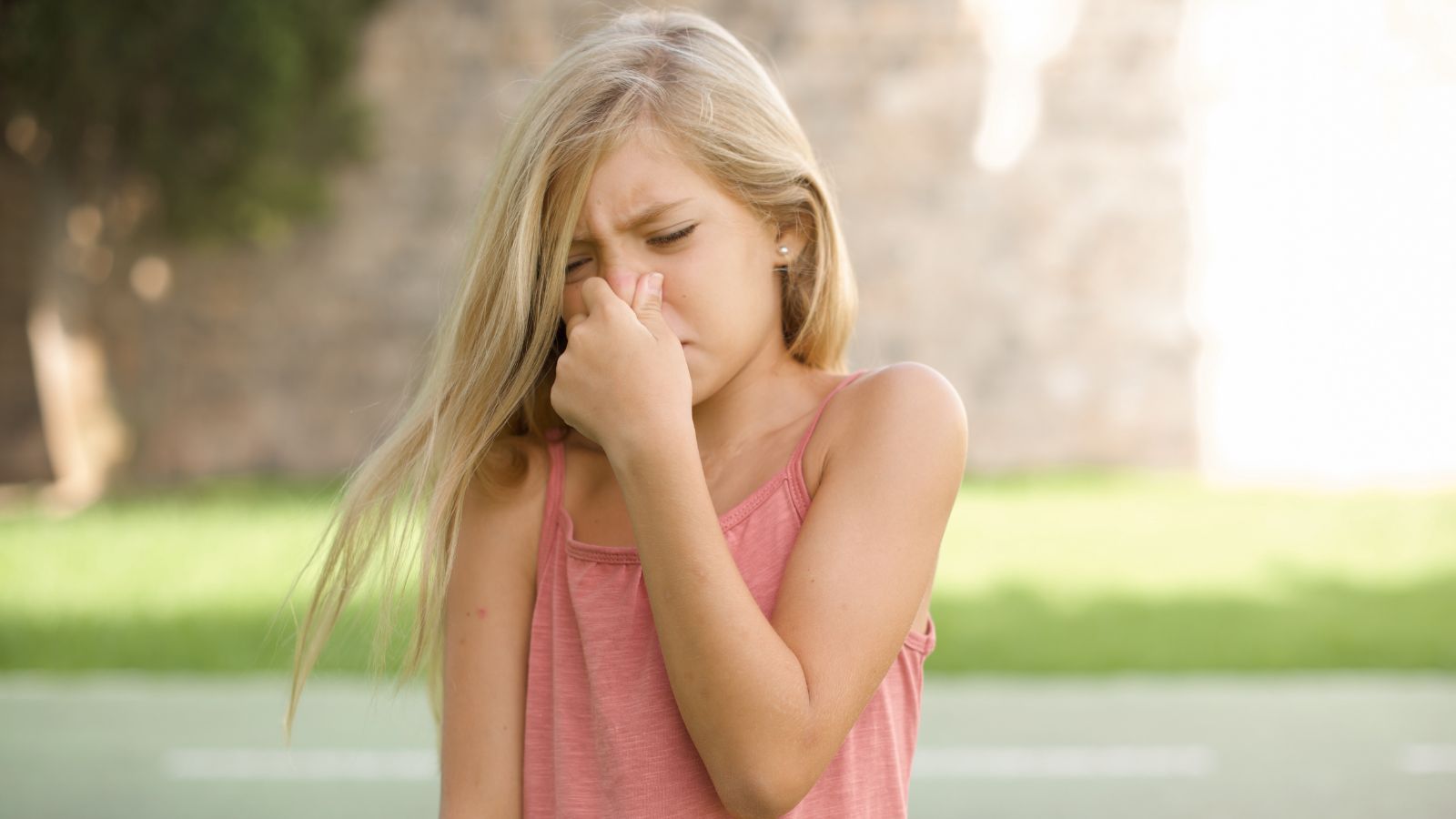Childhood in the 1960s was a world apart from what kids experience today. Back then, parenting and safety standards were much more relaxed, allowing children freedoms that would be considered risky or not “woke” enough by today’s standards. This list explores some of the surprising and now-unthinkable activities that were a normal part of growing up in the ’60s.
Play on Unsafe Trampolines

It’s not often today that you see a trampoline without a safety net, especially if it’s for kids to play on. Back in the day, however, it was the opposite! Trampoline enclosures weren’t even introduced until the late ’90s, according to BMJ Journals, which may blow your mind.
Play Games on Busy Streets

Street games, such as street rounders, hide-and-seek, and marbles, were very commonly played on the road in the ’60s—and without supervision. Parents were far less concerned about traffic and stranger danger and there was a greater sense of community trust.
Go to Shops Alone

Modern parents wouldn’t dream of letting their young kids head out to the shop alone, but in the 1960s, errands were often run by children with a note. They had far greater independence at a younger age because their parents trusted the community and shopkeepers.
Drink Water Straight from the Garden Hose

Today, drinking from a hose would be considered unsanitary because of bacteria and bugs, but this was another common practice for kids of the ‘60s during play. There was a lack of concern about the water quality or cleanliness of the hose at the time, so children drank from it carefree.
Be Disciplined by People Other Than Their Parents

As shared by VeryWell Family, adults disciplining other people’s children is considered inappropriate today. However, back in the ‘60s, it wasn’t uncommon for the community to be involved in the discipline of a child. There were different attitudes toward adult authority then, with a stronger emphasis on manners and respect.
Use Hobs and Ovens

In the 1960s, children were not only allowed to use hobs and ovens but encouraged to do so. They had early lessons in self-reliance and cooking and were often unsupervised. On the bright side, they had less reliance on microwaves or ready meals.
Rough Play

The children of today are encouraged to be careful and gentle with their friends and other kids, but in the 1960s, rougher play was normal on playgrounds. Parents accepted and were tolerant of the potential for minor injuries, and playgrounds were not as safety-focused.
Walk to and from School Alone

“Children under the age of ten should generally not cross a street alone,” as per Moms.com. This may be the advice given today, but in the 1960s, this wasn’t the case. Kids had more independence in getting where they needed to go and there was a lack of carpooling or parental supervision.
Be Physically Disciplined in Schools

This is considered outrageous in modern times, but there were far stricter disciplinary measures in the ‘60s, particularly in Catholic schools. Physical corrections like “the belt” or “the cane” were common and parents were accepting of it. It was a totally different era of school discipline.
Play Unsupervised Outside for Hours

It wasn’t uncommon for children in the 1960s to be allowed outside alone all day to play without any supervision. British streets were considered safe for kids to roam freely and parents generally didn’t worry about them being outside alone. They only had to be back in time for dinner!
Ride in the Car without Seat Belts

Children in the ‘60s often sat in the passenger seat with no belt or on people’s laps. According to the CDC, it wasn’t until the ’70s that the modern seat belt became standard in cars, and not until years later that it actually became mandatory to wear—so perhaps parents at the time didn’t know any better.
Sit Next to Smokers

Parents of today tend to avoid their children being near smokers at the risk of them inhaling secondhand smoke, but smoking around children was widespread in the 1960s. Parents weren’t aware at the time of the possible health damage of the smoke. Children were sometimes even sent to buy cigarettes!
Sleep in Dangerous Cots or in Dangerous Ways

Young children and babies back in the ‘60s were placed in cots that would now be considered safety hazards. Of course, the pediatric advice at the time was vastly different from today’s standards, but an example of this would be allowing babies to sleep on their stomachs.
Hitchhike

Getting into a stranger’s car is one of the first things we teach our kids not to do as modern parents, but hitchhiking was frequent in the 1960s for both kids and adults. People were less fearful of strangers and personal safety risks and considered this to be a normal mode of transportation.
Not Wear Suncream

Parents back in the day had far more casual attitudes toward sun exposure and weren’t as aware of the risks of skin cancer. They didn’t slather their kids in suncream like we do today but rather simply let them play out in the sun. The use of tanning aids like baby oil was also common at the time.
Eat Lots of Sugary Foods

Parents of the ‘60s were less concerned about diet and health. There was often high sugar content in meals and snacks, along with a lack of sugar-free diet trends. So, kids ended up getting fed a lot more sugar than the kids of today!

